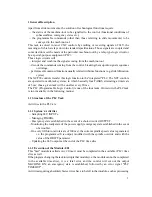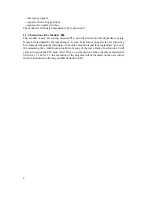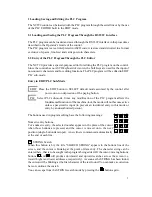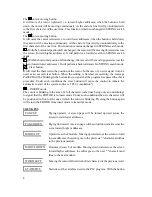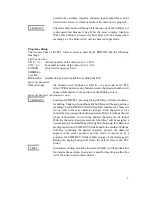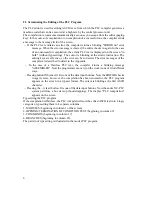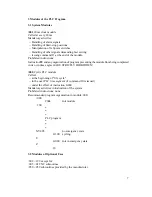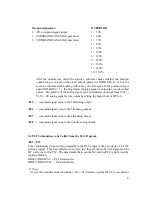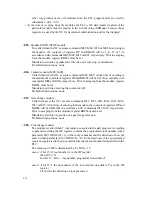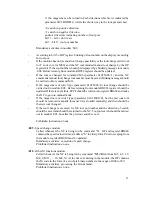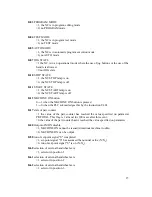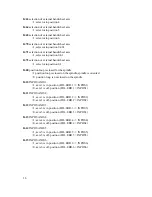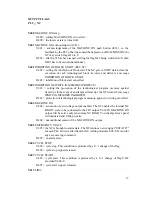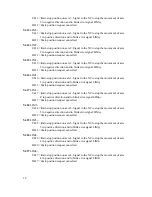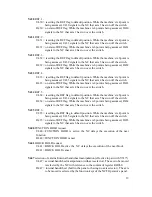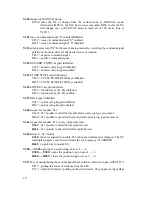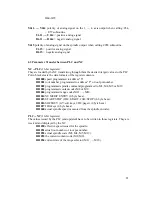
6
2.3 Terminating the Editing of the PLC Program
The PLC editor is used for editing ASCII texts, from which the PLC compiler generates a
machine code that can be executed at a high rate by the central processor unit.
The compilation is commenced automatically as soon as you escape from the editor (paging
key). In the course of compilation or on completion of a successful one, the compiler sends
a message to the message field of the screen.
$"
If the PLC text contains an error, the compiler returns a blinking "ERROR nn" error
message. When the error message is cleared, the editor checks in again. In the case
of an unsuccessful compilation, the erratic PLC text is displayed on the screen "in
bulk" (without typesetting). The cursor is blinking at the erratic instruction. The
editing keys are effective, so the error can be corrected. The error messages of the
compiler are described in detail in the Appendix.
$"
In the case of a flawless PLC text, the compiler returns a blinking message
"ASSEMBLED". Now the programmer can carry on the work in one of two different
ways.
$"
Pressing button INS (insert). It is one of the data input buttons. Now the EDITOR checks
in again; since, however, the compilation has been successful, the PLC program
appears on the screen in a typeset format. The cursor is blinking at he first ASCII
character.
$"
Pressing the ... (clear) button. It is one of the data input buttons. Now the entire NC-PLC
system performs a hot start-up (boodstrapping). The display "PLC compilation"
appears on the screen.
Typesetting the PLC program.
If the compilation is flawless, the PLC compiler will sort the edited ASCII text into 4 logic
categories, typesetting them in 4 separate columns.
1. MODULES (beginning in column 1 of the screen)
2. OPENING/TERMINATION OF CONDITION TEST (beginning in column 9)
3. COMMANDS (beginning in column 17)
4. BRANCHES (beginning in column 25).
The pattern of typesetting is illustrated in the model PLC program.




